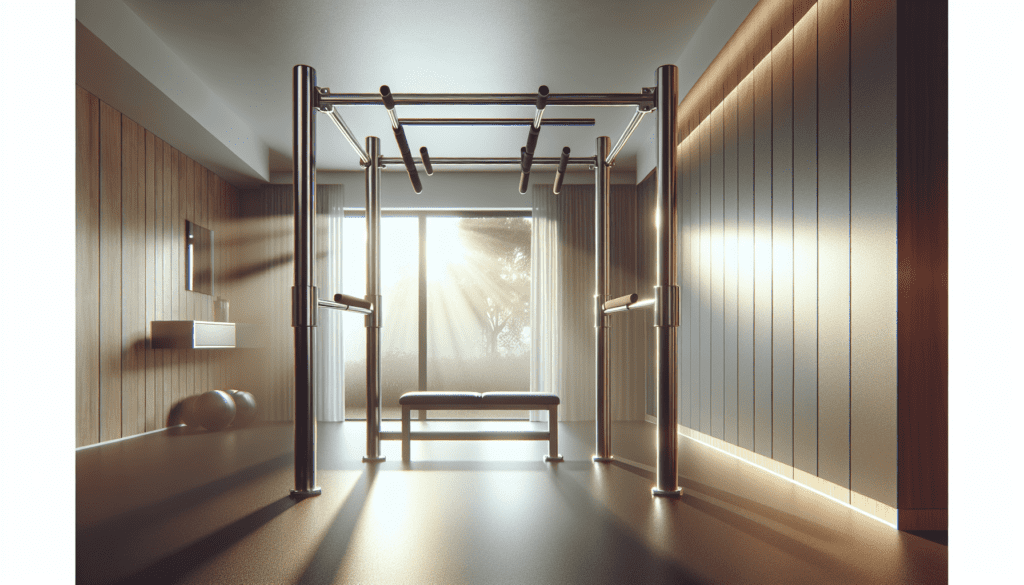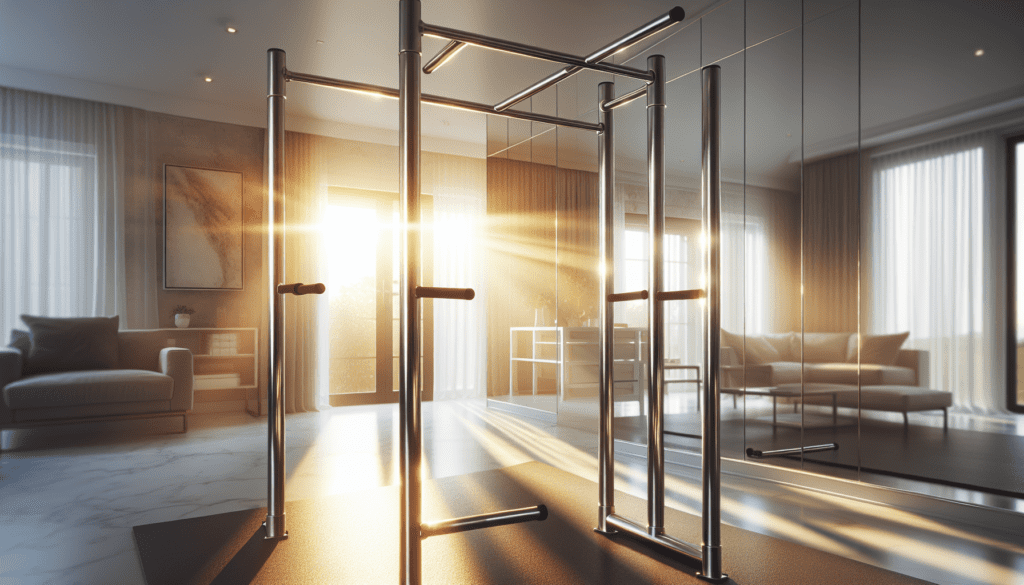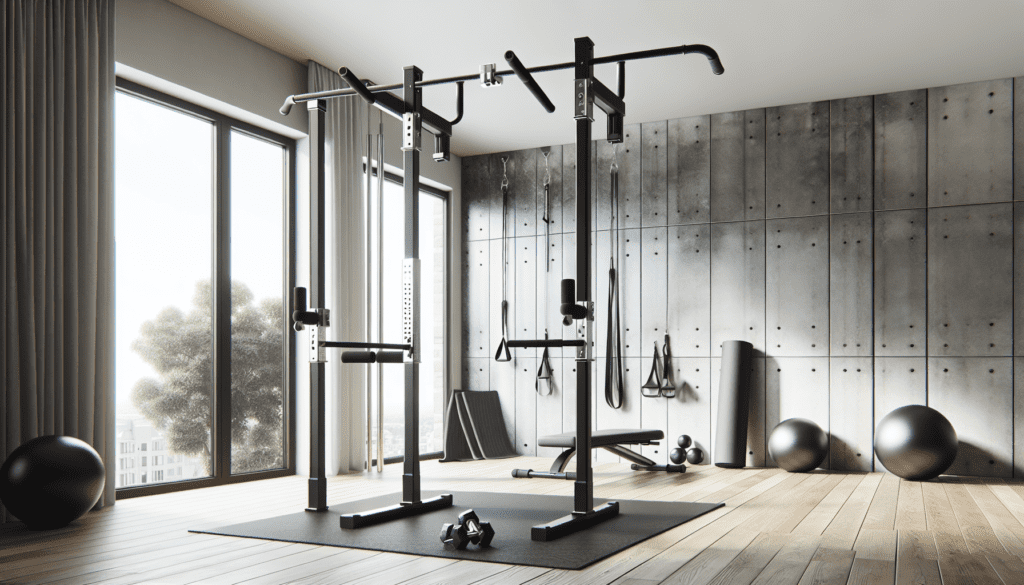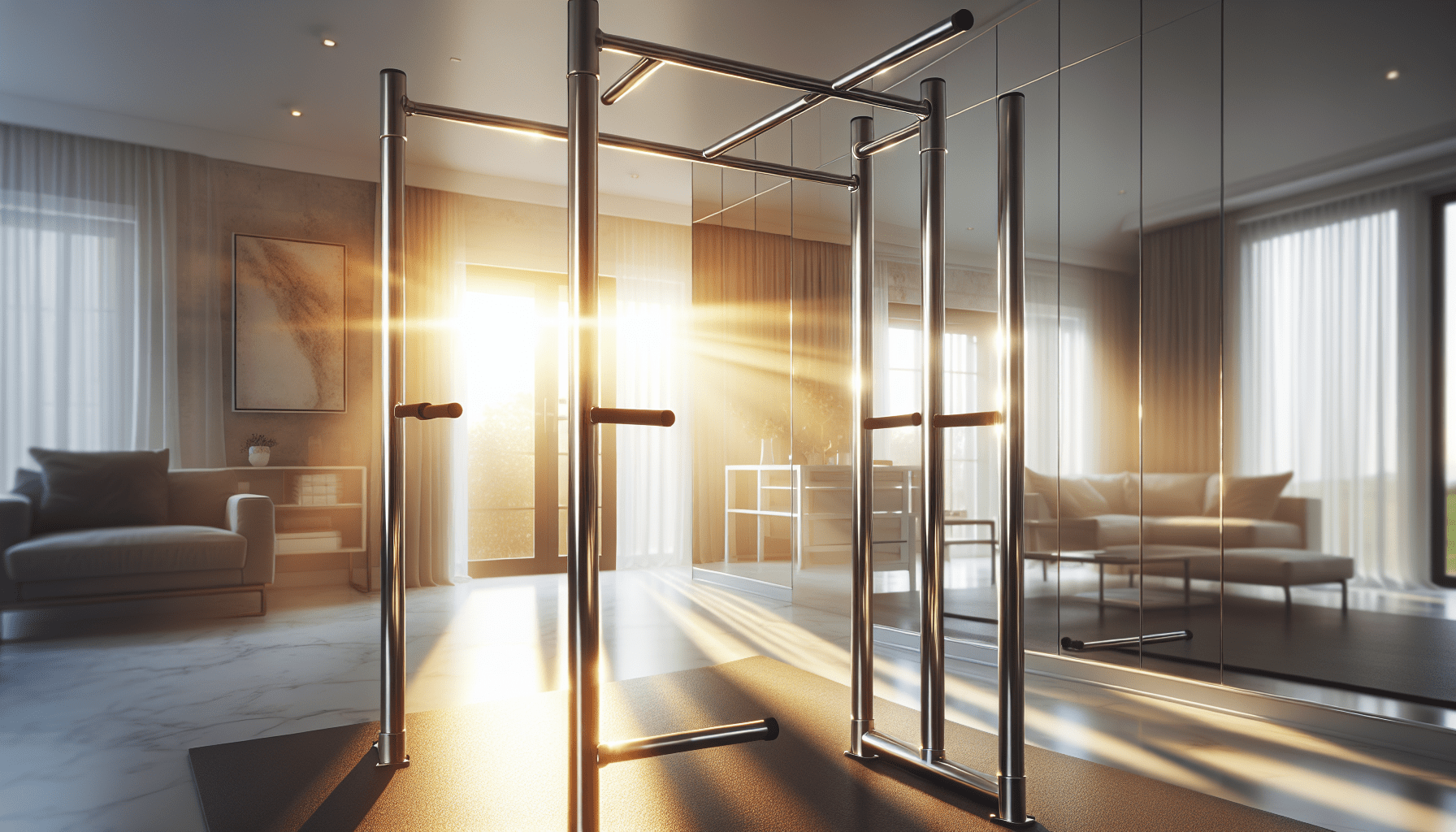Introduction To Home Fitness Bars
Are you looking for a way to boost your fitness routine without having to leave the comfort of your home? Perhaps you’ve considered setting up a small gym area or are curious about straightforward, space-saving fitness equipment? If so, home fitness bars could be the perfect addition to your home workout regimen.
What Are Home Fitness Bars?
Home fitness bars are versatile pieces of equipment designed for a range of exercises that target strength, flexibility, and overall fitness. They are typically made from sturdy materials like steel and can be installed in doorways, on walls, or freestanding in your room, depending on the type.
Types of Home Fitness Bars
There are several types of fitness bars you might consider for your home:
- Pull-Up Bars: These bars are perfect for upper body workouts, including pull-ups and chin-ups. They can be mounted in a doorway or on a wall.
- Parallel Bars: Often used for bodyweight exercises such as dips and leg raises. These can either be portable or fixed.
- Horizontal Bars: Usually installed higher on a wall and used for hanging exercises and advanced gymnastics.
- Lebert Equalizers: A type of portable parallel bar that is smaller and highly versatile for a full-body workout.
Choosing the right type depends on your fitness goals and the available space in your home.
Benefits of Home Fitness Bars
Incorporating fitness bars into your home gym setup offers numerous benefits:
- Versatility: You can perform a wide range of exercises targeting different muscle groups.
- Space Efficiency: They take up minimal space, making them ideal for small apartments or rooms.
- Cost-Effective: Generally less expensive than other home gym equipment like treadmills or ellipticals.
- Convenience: Allows you to workout at any time, perfect for fitting exercise into a busy schedule.

How to Choose the Right Home Fitness Bar
When selecting the best fitness bar for your home, consider the following factors to ensure you make the right choice:
Space and Installation
| Consideration | Details |
|---|---|
| Doorframe Bars | Check if the bar fits securely in your home’s doorframes and whether installation requires drilling. |
| Wall-Mounted Bars | Ensure your wall type can support the bar and the weight it will bear. |
| Freestanding Bars | Assess the footprint and ensure you have adequate floor space. |
Material and Durability
You’ll want a fitness bar that can withstand regular use and a significant amount of weight. Materials like high-grade steel are commonly used for enhanced durability and safety.
Weight Capacity
It’s crucial to choose a bar that can support your weight. Most bars specify a maximum weight capacity, so always check this feature prior to purchasing.
Comfort and Grip
Ensure the bars have high-quality padding or grips to enhance safety and comfort during workouts, minimizing the risk of blisters or hand fatigue.
Installation Tips for Home Fitness Bars
Proper installation is key to safely using home fitness bars. Here’s how to set up different types of bars effectively:
Doorway Pull-Up Bars
- Assembly: Follow the manufacturer’s instructions rigorously.
- Positioning: Place in a strong, appropriately sized doorway.
- Safety Checks: Regularly verify that the bar is secure and has no signs of wear or damage.
Wall-Mounted Bars
- Location: Choose a wall that can support the bar and frequent use. External or solid walls are usually preferable.
- Tools Needed: You might need a drill, stud finder, and wrenches.
- Installation: It might be wise to get professional help for installation to ensure the bar is perfectly level and securely fixed.
Freestanding Bars
- Assembly: Similar to other equipment, follow the manual closely.
- Placement: Position on a flat, stable surface to prevent rocking or tipping during use.

Exercises to Try with Home Fitness Bars
Now that your bar is set up, here are some effective exercises you can start with to make the most of your new equipment:
- Pull-Ups and Chin-Ups: Great for strengthening the back, shoulders, and arms.
- Leg Raises: Excellent for targeting the lower abs.
- Dips: Engage your triceps, chest, and shoulders.
- Bodyweight Rows: Position yourself under a low bar and pull up; terrific for the back and biceps.
Remember, the key is to start slow, especially if you’re new to these exercises, and progressively increase the intensity as you build strength.
Common Questions About Home Fitness Bars
Q: Are home fitness bars safe? A: Yes, when properly installed and used within the weight limits, they are very safe. Regular maintenance checks are recommended.
Q: Can I install a fitness bar if I rent an apartment? A: Yes, several non-permanent options don’t require drilling, such as doorway pull-up bars that leverage against door frames.

Wrapping Up
Home fitness bars are a practical, effective, and engaging addition to any home workout set-up. Whether you’re a fitness newbie or looking to intensify your routine, these bars provide versatility and convenience to train effectively at home.
Remember, the best way to start is by assessing your space, setting clear fitness goals, and selecting the right type of bar that matches your needs. With the right setup and dedication, your fitness journey at home can reach new heights—quite literally!

